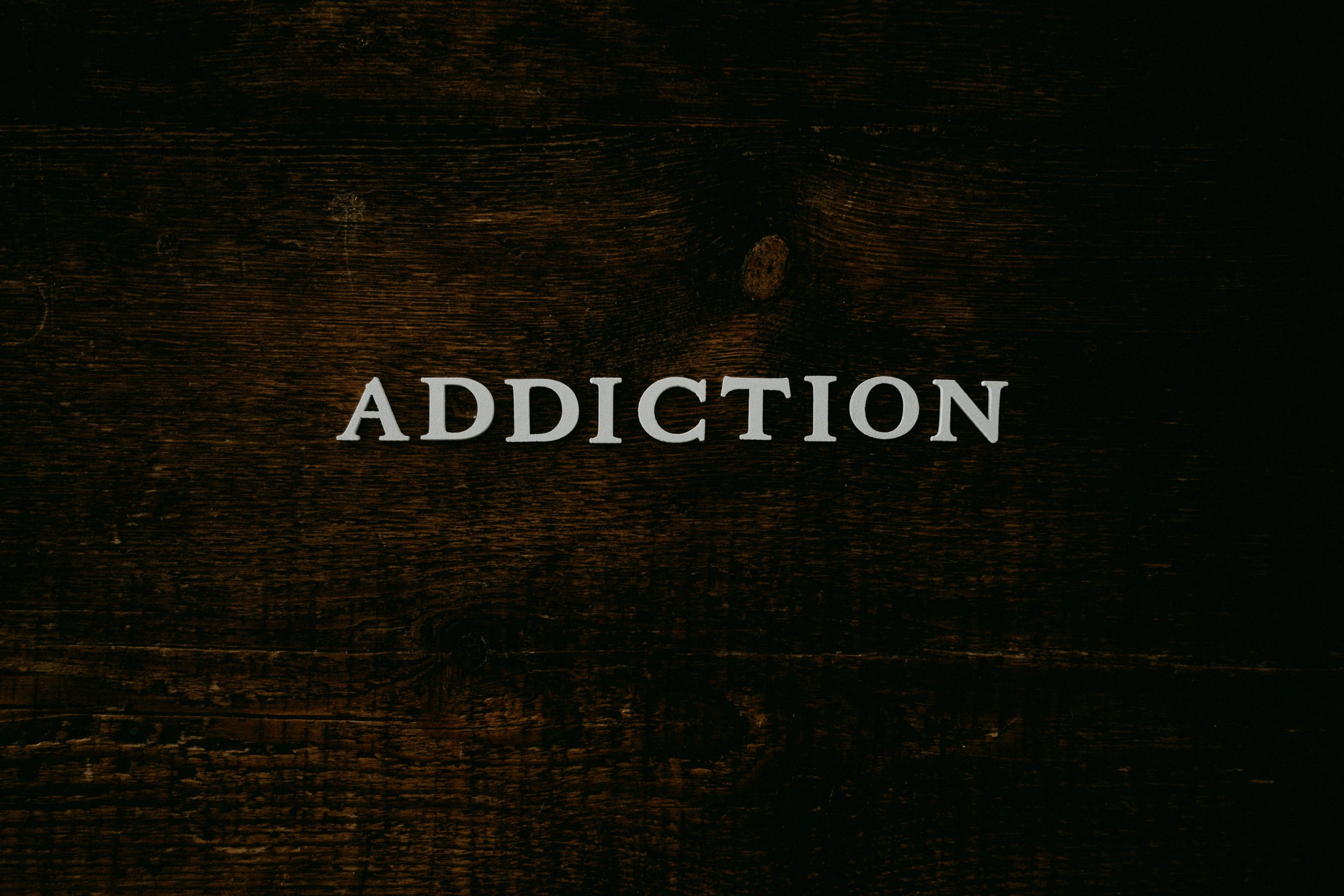Clearing some misconceptions
Co-founder of Alcoholics Anonymous – Bill W. – was hospitalised three times for drinking. Bill’s doctor delivered a harsh diagnosis the third time: he had one year to live if he continued to drink. Bill had three choices: death, insanity, or sobriety.
Bill decided to get sober.
Bill wrote a book to convey what he’d learned. In 1939, Alcoholics Anonymous (AA World Services, NY, NY) was launched, and it provided a new programme of recovery—the Twelve Steps.
The guiding principles are encapsulated in ‘Alcoholics Anonymous’, commonly called the “Big Book“, which has sold over 16 million copies worldwide.
The 12 Steps, despite their popularity, are still largely misunderstood. The number of lives lost to alcoholism and other forms of addiction—people who could have found sobriety via the 12-Step program—is a measure of the price of such misunderstanding.
This condition can be improved if newcomers to the Steps are ready to reconsider some commonly held beliefs. The most widespread myth is that “Twelve Step groups are like cults, and you must “get religion’ to join.”
Some people may get this notion from a cursory reading of the 12 Steps. But when we look at how twelve-step groups operate daily, we see a different picture. A cult is a group that focuses on a single personality and bans its members from dissent. On the other hand, Twelve Step groups are founded on a set of principles—the Steps themselves. And Twelve Step members frequently differ on numerous issues.

Spirituality vs Religion
We can better grasp this by distinguishing between “spiritual” and “religious.” True, many addicts incorporate traditional religious practices into applying the Steps.
The 12 Steps, however, do not support any particular religion. People who live by the Steps may be Jewish, Christian, Muslim, Buddhist, or agnostic.
Even if the Twelve Steps are not a religious programme, they are a spiritual programme. The Steps resemble what writer Aldous Huxley called “perennial philosophy,” or a core set of concepts and practises shared by many spiritual traditions. The Steps are primarily concerned with personal transformation, such as what Bill W. went through when he got sober.
The 12 Step Principles
On a more fundamental level, the Steps might be viewed as a set of principles for an overall design for living. These principles are as follows:
1. Admit your powerlessness (Step One).
For those addicted to a substance, this means recognising they have no control over when their chemical usage begins or ends. Chemical use continues, regardless of the repercussions.
2. Allow yourself to be open to a source of power outside of yourself (Steps 2 and 3).
If we have no control over our chemical use, the next step is to look elsewhere for such control, whatever we define. This is referred to as a “Higher Power” in the Steps.
3. Take inventory (Steps 4–9). Once we remove the obstacles, our Higher Power can function in our lives. Taking inventory is the process of discovering those blocks within oneself. This assessment exposes thoughts and behaviours that feed drinking and drugging.
4. Maintain and enhance spirituality (Steps 10–12). This means practising new thinking and behaviour that connects us to our Higher Power.
A design for Living
Even more concisely, the Steps can be summarised as problem-solution and action plan.
Step One defines the issue: chemical powerlessness. Steps 2 and 3 point to a possible solution—a Higher Power. The subsequent steps describe how we can make our Higher Power a working reality.
Finally, the 12 Steps are valuable tools. Their core values are encapsulated in early slogans like “One day at a time” and “Take what works and leave the rest.” The Steps call for a “willingness to change” at various places. That provides a starting point for beginners and sceptics to learn to live by the principles of the Twelve Steps.
If you or a loved one is struggling with an addiction, call Freephone 0800 140 4044
Freephone: 0800 140 4044
Local rate: 0300 330 3040



